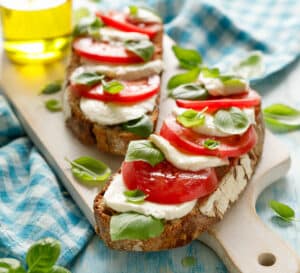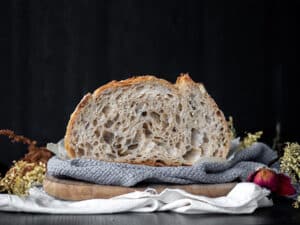Differences due to market maturity levels
Clearly, there is more than one answer to the question “which bread for the future?”, mainly because there are several bread types at the present moment, depending on whether one is in a “mature” country in breadmaking terms, or a “growth” country. For each priority there will be an appropriate solution that will therefore decide a part of the industry’s development.
The key objective for so-called “mature” countries is to:
- Boost consumption, which tends to stagnate, if not regress (dropping in france, for example, from 328 kg per year per individual in 1900 to 58 kg today).
- Compensate for financial losses linked to losses in volume via margins.
- Improve production cost control.
- Find growth levers.
The priorities of “growth” countries will be to:
- Support production.
- Ensure food safety.
- Guarantee access to a maximum number of consumers (via price and availability).
- Use bread as a regulator (of social peace or nutritional balance).
Duality in consumer behaviour
In order to forecast the future of breadmaking and its products, we need also to take account of general dietary developments that might take place between 2015 and 2020. The latest studies tend to show that producers will have to manage several dualities in consumer behaviour:
Individual versus collective: individuals will identify with differentiation, single portions, and a wide choice. The collective will set greater store by the origin of the product (traceability, comprehensive communication) and the link between individuals and their consumption (“made in”, ethnic, confessional, natural).
Rational versus emotional: the rational individual will give greater importance to the influence of the diet on health, will seek to control it and steer it towards less processed breadmaking products (tendency towards home-made, healthier consumption, etc.). Emotional individuals will seek pleasure in the diet, and guilt-free consumption. They will believe that local means healthy, that food is an effective anti-depressant and that the intuitive diet is a good guide.
The same consumption patterns may be seen in turn in the same consumers, depending on the circumstances: in the week/at the weekend – at work/at home – alone/in company …
Marketing specialists actively maintain these dualisms in order to support differentiation and renewal.
The external signs that influence the development of breadmaking
Signs hinting at tomorrow’s breadmaking may be found in consumer surveys. However, it is important not to overlook other sources and their role in the profile of future breadmaking:
- Research and technical centres whose current work will surely direct the future of today’s products (research topics, theses, public and/or private projects, patents, etc.).
- Equipment makers and suppliers of raw materials with their additives, processing and storage techniques, etc.
- Demographic considerations, i.e. Quantitative and qualitative development. Europe must therefore be viewed in regard to the global ageing of its population and the increase in the number of mono households.
- The pressure exerted by governments and lobbying groups: to control health through the diet, use of clean label, etc.
Varying degrees of maturity in the breadmaking industry, fluctuating consumer patterns, technological, economic influences, etc. All these factors will enter into the equation when foretelling the profile of tomorrow’s bread, and deciding its future!




